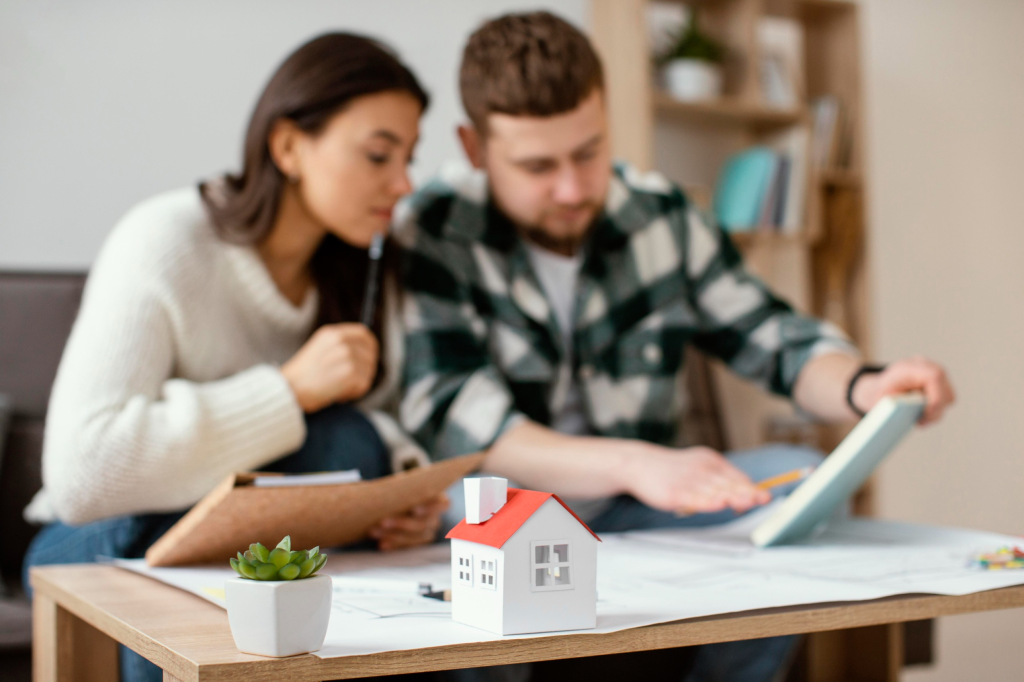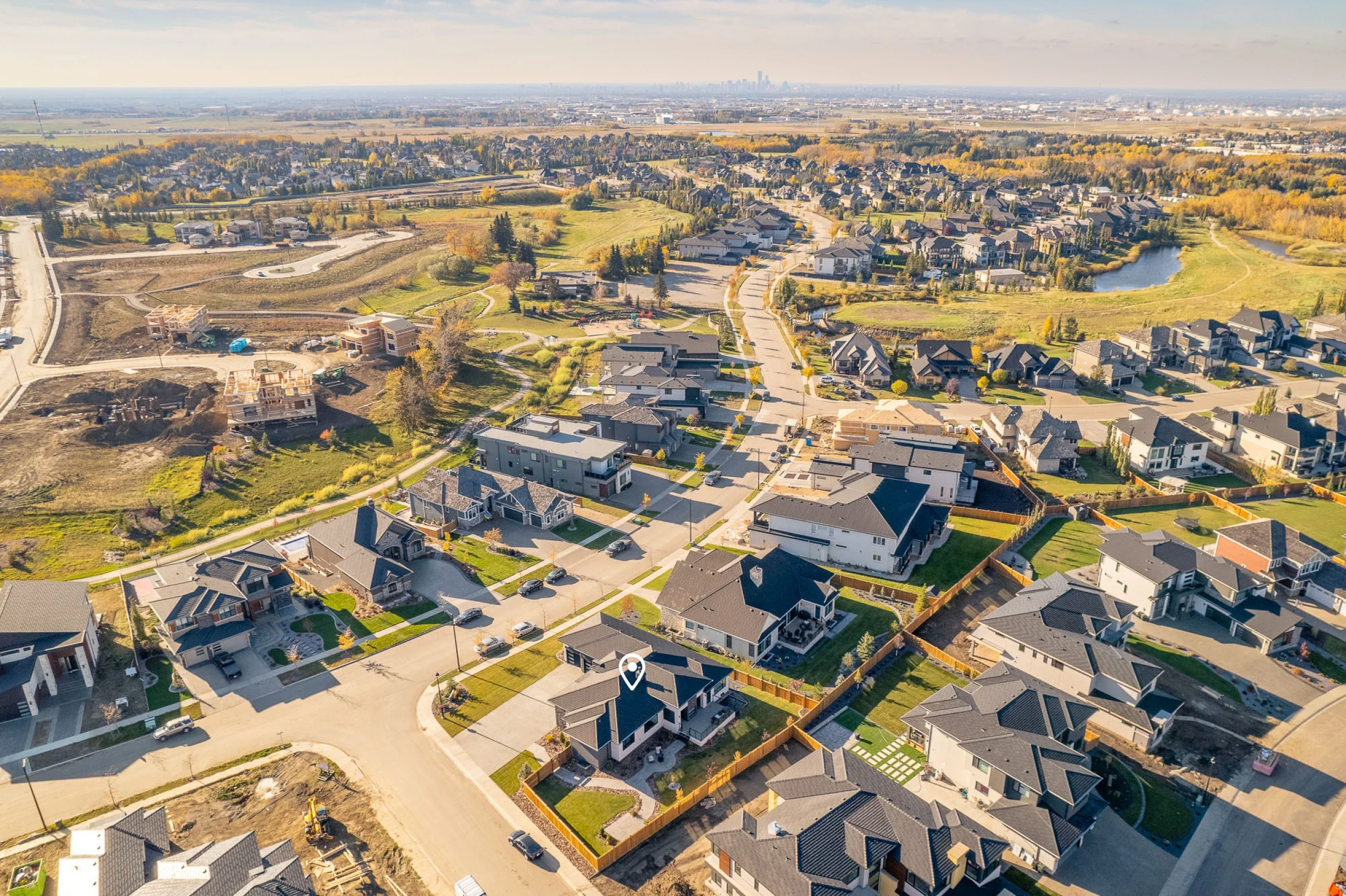Custom Home Budgeting: Hidden Costs & What Clients Must Know
Building a custom home is one of life’s most exciting milestones. You get to design every detail, choose your finishes, and create a space that’s truly yours. But amid all the excitement, it’s easy to underestimate the real costs involved. Many homeowners start with a clear budget only to be surprised later by unexpected expenses, the so-called hidden costs of custom home building.
Understanding where these costs come from and how to plan for them can make the difference between a smooth experience and financial stress. Whether you’re working on a brand-new custom build or planning a full-scale renovation, here’s what you need to know before you start.
The Real Cost of Land Preparation
Most homeowners think the cost of land ends with the purchase price but that’s just the beginning. Before construction even starts, your lot may require extensive prep work.
Depending on your site, you might face:
Tree removal or grading to make the land buildable
Soil testing and compaction to ensure stability
Utility connections (water, sewer, gas, electricity) if they’re not already available
Driveway access or drainage systems
These items can add tens of thousands of dollars to your total cost. That’s why it’s important to bring your builder or architect to the site before you buy the land. They can assess potential challenges early and help you plan accordingly.
Permits, Fees, and Inspections
Every region has its own set of regulations, permits, and inspection requirements. These costs can vary depending on your municipality and the complexity of your build.
Common expenses include:
Building permits
Engineering or architectural approvals
Environmental assessments
Development and impact fees
Utility hook-up fees
Though these may not seem significant individually, together they can add thousands to your project. Always ask your builder for a breakdown of all local fees so you’re not caught off guard later.
Design Changes During Construction
Even with the best planning, it’s common for homeowners to change their minds mid-build, a different countertop, an upgraded window, a bigger shower. These changes, often called change orders, can quickly impact your budget and timeline.
Why? Because adjustments after construction begins often require rework, new materials, and labor rescheduling. A single modification can ripple across multiple trades from electrical and plumbing to cabinetry and finishing.
Tip: Take your time in the design phase. Finalize your selections before construction starts, and add a small contingency fund (at least 5–10% of your total budget) for any changes you truly can’t resist later.
Landscaping and Exterior Finishes
When focusing on the home itself, many clients overlook the exterior. Landscaping, driveways, decks, and fencing are often left out of the initial estimate yet they’re essential to completing your home.
Simple sod and pathways might fit easily into your plan, but if you’re envisioning features like patios, retaining walls, or custom lighting, costs can rise quickly.
Pro tip: Discuss your landscaping goals with your builder early. Even if you don’t complete everything right away, preparing the site during construction (for irrigation lines, outdoor lighting, or future structures) can save you significant money later.
Utility Upgrades and Hidden Infrastructure
If your lot isn’t in a fully developed area, connecting to utilities can be costly. Extending power lines, gas mains, or sewage lines can add thousands of dollars, especially on rural or semi-rural properties.
Even if utilities are available, you may need upgraded systems for your custom build, such as:
A higher-capacity electrical panel for smart home features
A sump pump or backflow prevention system
Specialized plumbing or heating systems for luxury bathrooms or radiant flooring
These upgrades are important but often overlooked in initial budgeting conversations.
The Cost of Energy Efficiency
Energy-efficient materials and systems, triple-pane windows, high R-value insulation, smart thermostats, and solar wiring can raise upfront costs, even though they save money in the long run.
Homeowners committed to sustainability should view these as long-term investments rather than hidden costs. Still, it’s wise to include them in your initial estimate so you’re not surprised later.
At Kaidian Homes, we often help clients find a balance selecting efficiency upgrades that deliver both comfort and savings without overshooting the budget.
Finishing Touches and Interior Details
It’s easy to get caught up in the big-ticket items like the kitchen or the master suite and forget the smaller finishing details that make a home truly livable.
Things like custom closets, window coverings, upgraded lighting fixtures, or built-in shelving often aren’t included in base estimates. Even door handles, cabinet hardware, or feature walls can add up once you start customizing.
Creating a checklist of all desired finishes early in the process helps your builder provide a more realistic quote.
Temporary Living and Storage Costs
If your current home sells before your new one is ready, you may need to rent a temporary place or pay for storage. Depending on the build timeline, this can become a notable expense especially if delays occur.
When budgeting, plan for at least a few months of overlap or contingency time. It’s better to have flexibility than to rush decisions just to meet a move-in date.
Maintenance, Warranties, and Post-Construction Touch-Ups
Even after the keys are handed over, there are a few post-build costs to expect. These may include landscaping maintenance, paint touch-ups, or minor settling repairs that appear over the first year.
Ask your builder what’s covered under warranty and what isn’t. A reputable builder will provide guidance on maintenance schedules and ensure your home stays in top shape for years to come.
How to Stay in Control of Your Budget
Custom home building is about creating your dream space but it’s also about financial clarity. Here’s how to stay ahead:
Work with a transparent builder who offers itemized quotes.
Keep a contingency fund of 10–15% for surprises.
Communicate regularly with your builder about costs and timelines.
Review invoices carefully and track your spending.
The more proactive you are, the smoother the process will be.
Building with Confidence
Budget surprises can turn an exciting project into a stressful one but they don’t have to. When you understand where hidden costs hide and plan for them upfront, you’ll stay in control every step of the way.
At Kaidian Homes, we believe transparency is the foundation of trust. From site prep to final finishes, our team ensures you know exactly where your money is going. Whether you’re looking for a custom build or a renovation, we help you create your dream home with no surprises along the way.



